Review Of The Karate Kid Part II: A Look Back At The Classic Sequel
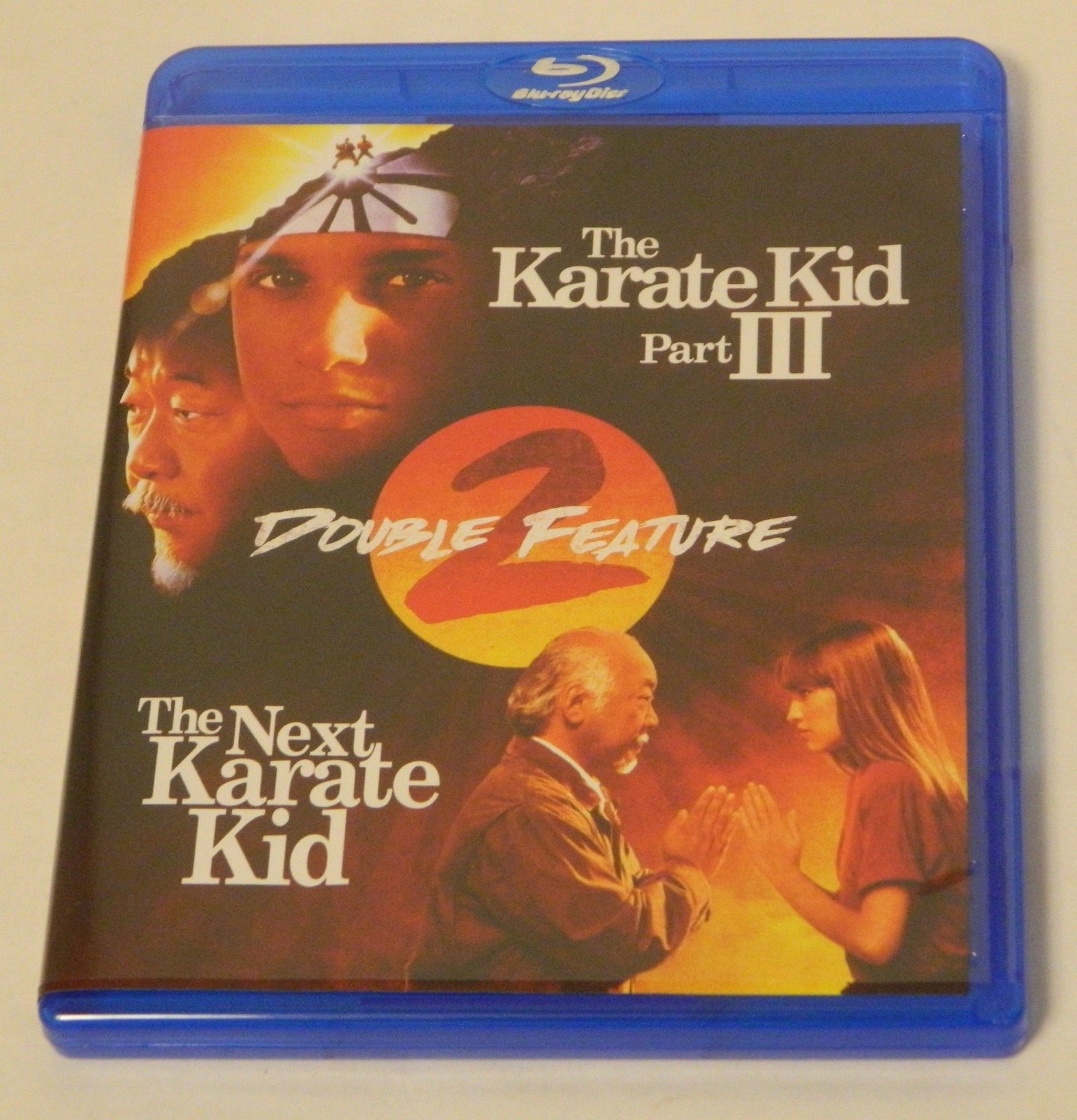
Table of Contents
Expanding Horizons: The Cultural Significance of the Okinawa Setting
The Karate Kid Part II significantly departs from its predecessor by relocating the action from the familiar setting of New Jersey to the exotic island of Okinawa, Japan. This change of scenery was a bold move, and it profoundly impacted both the narrative and the visual aesthetic of the film. The vibrant landscapes and rich culture of Okinawa provided a stunning backdrop, enriching the storytelling experience and giving the film a distinct identity.
- Exploration of Okinawan culture and traditions: The film offers a glimpse into Okinawan life, showcasing its unique customs, traditions, and architecture. From the bustling markets to the serene countryside, Okinawa becomes a character in itself.
- The portrayal of Okinawan martial arts: The introduction of Okinawan karate adds a new dimension to the martial arts aspect of the film. We see different styles and philosophies, expanding the scope of the Karate Kid universe beyond the constraints of the original's more straightforward karate depiction.
- The film's contribution to cross-cultural understanding: The Karate Kid Part II fosters cross-cultural understanding by showcasing the beauty and complexity of Okinawan culture. It highlights the importance of respecting different traditions and perspectives, laying a crucial groundwork for the broader themes of the film.
New Characters and Conflicts: Beyond Mr. Miyagi and Johnny Lawrence
While the original Karate Kid centered around the conflict between Daniel and Johnny, the sequel introduces a compelling array of new characters who significantly shape Daniel's journey. Kumiko, Sato, and especially Chozen, add layers of complexity to the narrative, moving beyond the simple good-versus-evil dynamic of the first film.
- Character development of Kumiko and her influence on Daniel: Kumiko provides a refreshing female perspective, offering Daniel a different kind of support and understanding. Her gentle nature contrasts sharply with the harshness of Okinawa's other inhabitants.
- Sato's complex relationship with Miyagi: Sato's character adds a layer of intrigue, showcasing a more nuanced and multifaceted relationship with Mr. Miyagi, expanding on the mentor-student dynamic.
- Chozen's role as a formidable and nuanced villain: Chozen is arguably one of the most memorable villains in the entire Karate Kid franchise. He's not just a brute; he’s cunning, charismatic, and driven by a complex set of motivations that make him a compelling and believable antagonist. His conflict with Daniel transcends a simple karate rivalry, exploring deeper themes of cultural pride and resentment.
Thematic Exploration: Beyond Karate—Lessons in Life and Culture
Beyond the impressive karate sequences and action-packed fight scenes, The Karate Kid Part II delves into profound themes that resonate with audiences of all ages. The film explores cultural understanding, respect, self-discovery, and the importance of perseverance. Mr. Miyagi's teachings extend far beyond the dojo, offering valuable life lessons applicable to any situation.
- The importance of finding balance in life: Miyagi's philosophy emphasizes finding balance – not just in karate, but in life itself. This theme is subtly woven throughout the narrative.
- Overcoming prejudice and cultural differences: Daniel's experiences in Okinawa force him to confront his own prejudices and learn to appreciate a different culture. The film subtly highlights the challenges of cultural exchange and the rewards of overcoming misunderstandings.
- Miyagi's teachings extending beyond martial arts: Miyagi’s wisdom, often delivered through cryptic proverbs and actions, transcends the physical realm of karate. His lessons about patience, discipline, and inner peace are timeless and universally applicable.
Comparing and Contrasting: Part II vs. the Original Karate Kid
While sharing the core elements of the Karate Kid formula—a underdog protagonist learning karate, a wise mentor, and a challenging antagonist—The Karate Kid Part II distinguishes itself in several key aspects.
- Comparison of the central conflicts: The original focused on high school rivalries and bullying; the sequel explores themes of cultural clash and family legacy.
- Similarities and differences in Miyagi's teaching methods: Miyagi’s teaching methods remain consistent in their focus on discipline and understanding, but the Okinawan setting allows for a broader expression of his knowledge and skills.
- Evolution of Daniel LaRusso's character: Daniel's character arc progresses in The Karate Kid Part II. He matures beyond the naive teenager of the first film, demonstrating increased self-reliance and resilience.
Conclusion: A Lasting Legacy
The Karate Kid Part II stands as a successful sequel, expanding the universe of the original while retaining its heart and soul. The film's shift to Okinawa offered a rich cultural tapestry, introducing compelling new characters and deepening the already significant themes explored in the first film. Its enduring appeal lies in its timeless messages about perseverance, cultural understanding, and self-discovery. The film's continued relevance to modern audiences speaks to the power of its storytelling and its exploration of universal themes.
Rewatch The Karate Kid Part II today and share your thoughts on this classic sequel in the comments below! What are your favorite scenes or characters? Which aspects of the Karate Kid II, or the broader Karate Kid franchise, resonate most with you? Discuss your favorite moments from the Karate Kid sequel, or share your thoughts on our Karate Kid Part 2 review. You can find The Karate Kid Part II to stream or purchase [insert link here].

Featured Posts
-
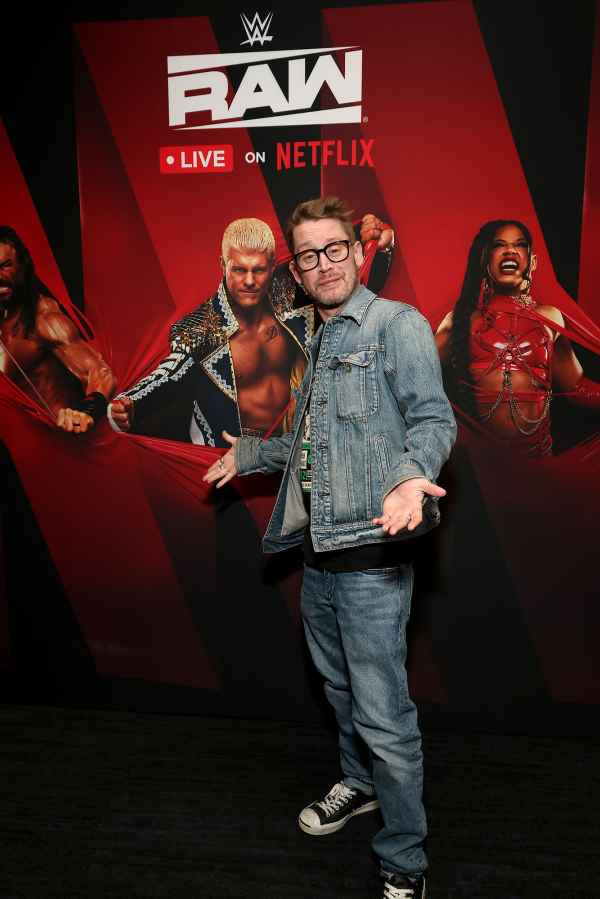 Culkin Brothers At Wwe Raw Fans Discuss The Unexpected Appearance
May 23, 2025
Culkin Brothers At Wwe Raw Fans Discuss The Unexpected Appearance
May 23, 2025 -
 16 Mart Hangi Burc Burc Oezellikleri Ve Daha Fazlasi
May 23, 2025
16 Mart Hangi Burc Burc Oezellikleri Ve Daha Fazlasi
May 23, 2025 -
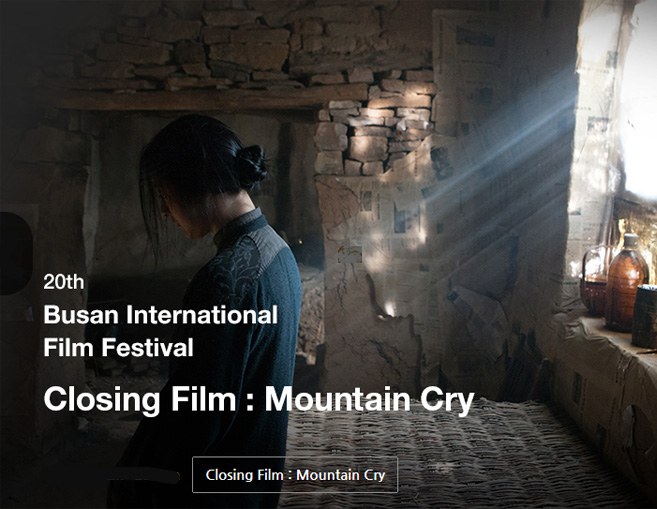 Seoul And Busan To Host French Film Week Showcasing Award Winners
May 23, 2025
Seoul And Busan To Host French Film Week Showcasing Award Winners
May 23, 2025 -
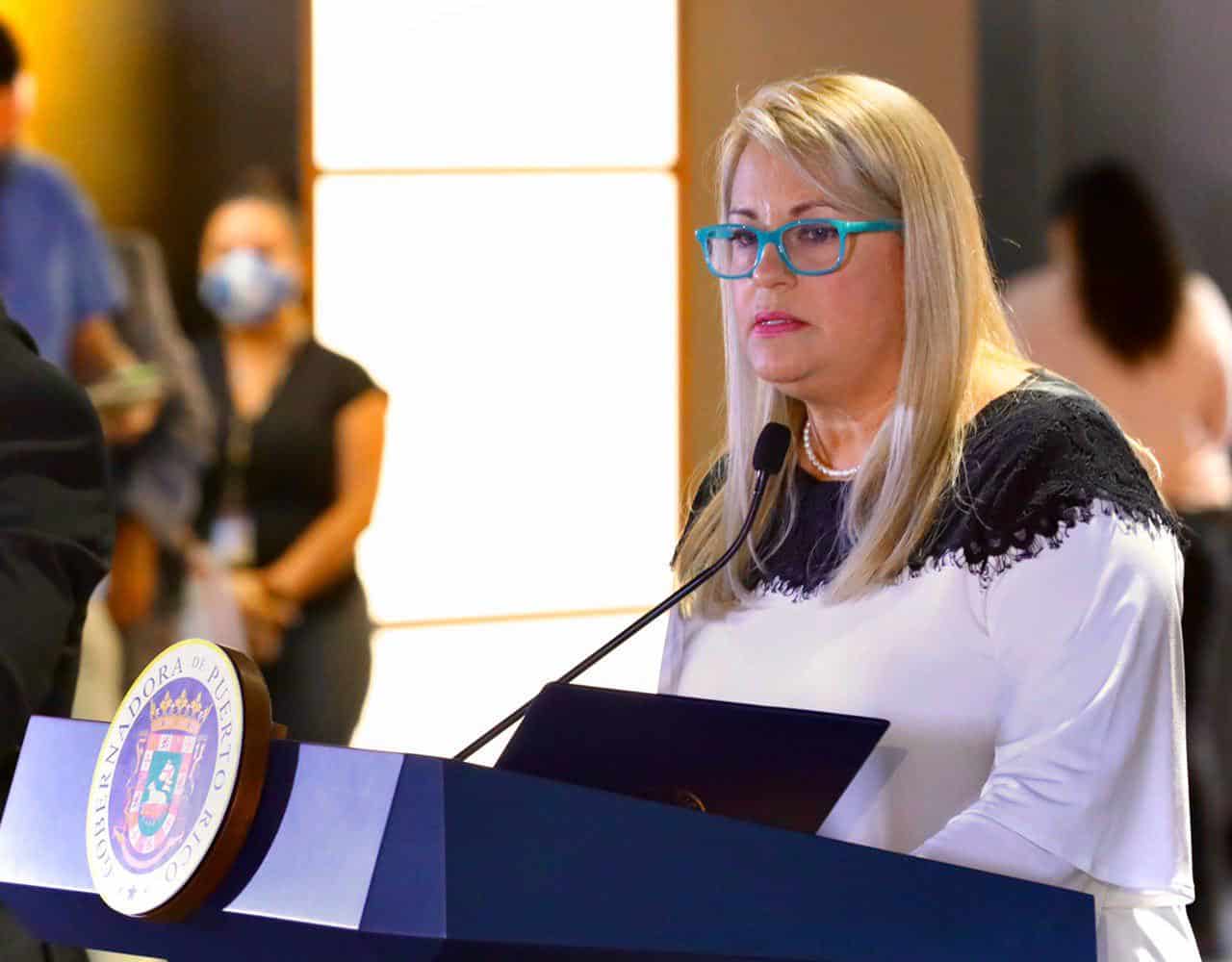 Senado De Puerto Rico Confirma A Valerie Rodriguez Como Secretaria De Daco
May 23, 2025
Senado De Puerto Rico Confirma A Valerie Rodriguez Como Secretaria De Daco
May 23, 2025 -
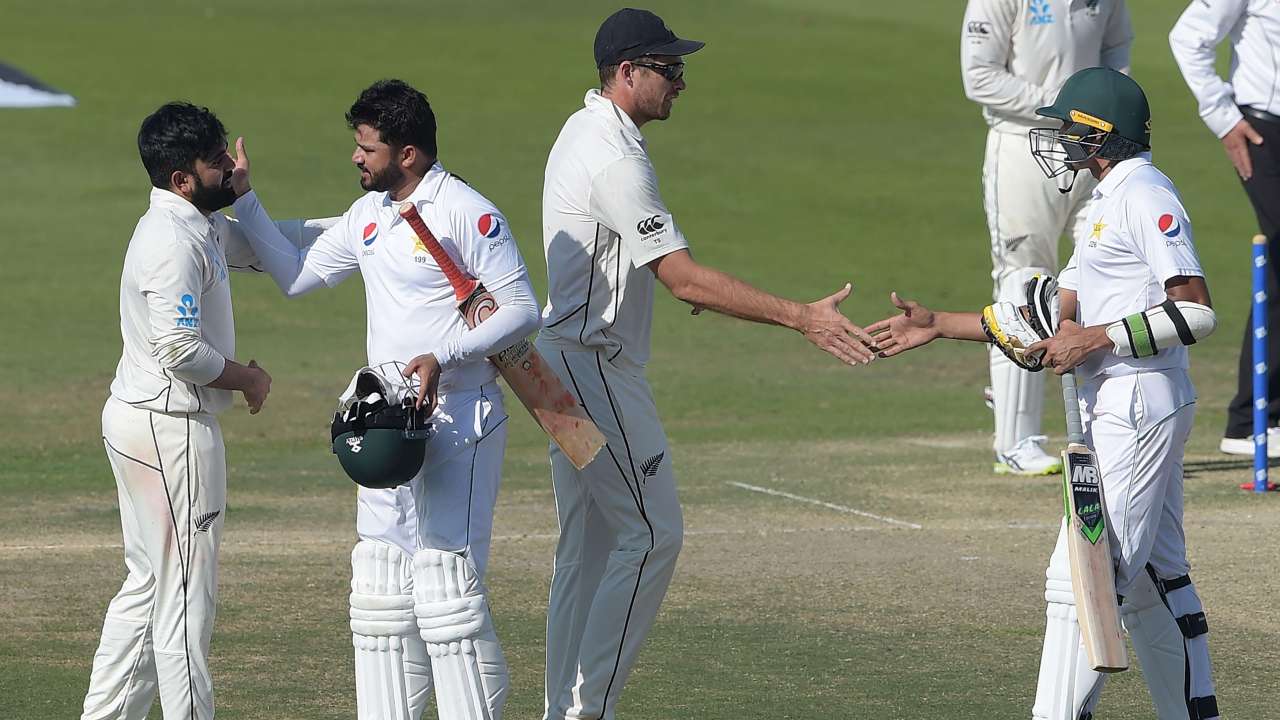 Zimbabwe Celebrate Historic Test Win Against Bangladesh Muzarabanis Star Performance
May 23, 2025
Zimbabwe Celebrate Historic Test Win Against Bangladesh Muzarabanis Star Performance
May 23, 2025
